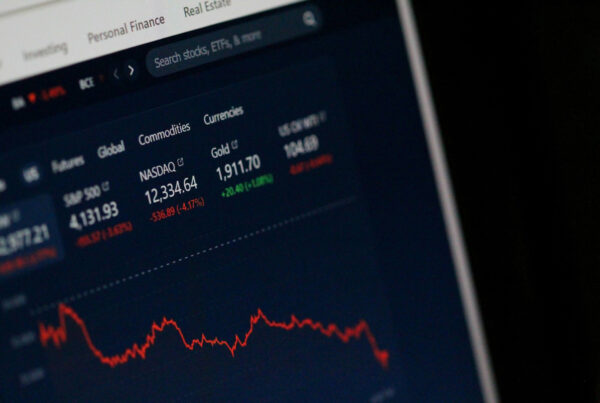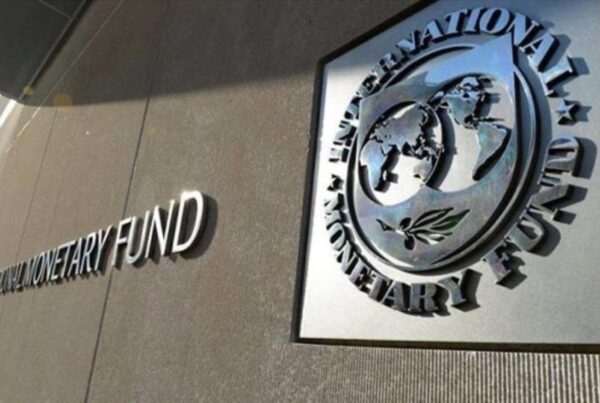China’s economy is showing increasingly clear signs of slowing in early H2 2025, raising concerns over Beijing’s ability to maintain its annual growth rate around 5 percent. The latest official data points to weakness across key sectors, including retail sales, industrial production, property, and the labor market, while external pressure from high United States tariffs continues to weigh on exports. This situation is fueling calls for the government to roll out more aggressive fiscal and monetary stimulus measures.
Retail Sales and Industrial Production Decline
Retail sales growth in July 2025 slowed to 3.7 percent year-over-year, down from 4.8 percent in June. Industrial production also lost momentum, rising only 5.7 percent — the weakest in eight months — compared with 6.6 percent the previous month. These figures indicate that domestic consumption and factory output have yet to deliver a meaningful boost amid sluggish global demand.
Weakness in the consumer sector poses a particular challenge for Beijing. Although the government has been encouraging household spending through trade-in programs for consumer goods and incentives for consumer credit, the results so far remain limited. Economists believe that without more substantial intervention, the retail sector will struggle to regain its role as a key driver of growth.
Property Crisis Weighs on Investment
The property sector, long a pillar of China’s economy, remains under sustained pressure. Housing prices continue to fall, while construction activity has slowed. This has dragged down fixed-asset investment. Given its significant contribution to GDP, the crisis in this sector requires targeted recovery measures to prevent broader financial instability.
The weakness in property also dampens the multiplier effect on other industries, such as building materials, furniture, and related services. This amplifies the overall slowdown and adds complexity to the challenges facing policymakers.
Labor Market Worsens
The urban unemployment rate rose to 5.2 percent in July from 5.0 percent the previous month. The increase is partly due to the influx of millions of new graduates entering a sluggish job market. The mismatch between job creation and labor force growth risks triggering social and political pressure if not addressed promptly.
The government is attempting to channel workers into high-tech manufacturing and other strategic industries. However, job absorption in these sectors has yet to catch up with losses in traditional industries like construction and retail services.
Pressure from United States Tariffs
On top of domestic challenges, China is also facing a major external drag. The average tariff imposed by the United States on Chinese imports now stands at roughly 43.5 percent. This policy is eroding the competitiveness of Chinese goods in the U.S. market and driving down exports.
Efforts by exporters to reroute shipments through third countries are being hindered by Washington’s tighter rules on transshipment practices. These obstacles further limit the space for foreign trade, which has long been a pillar of China’s growth.
Policy Challenges and Outlook
While China’s GDP grew 5.3 percent in the first half of 2025, maintaining that momentum for the rest of the year will be a tall order. So far, Beijing has refrained from launching large-scale stimulus, opting instead for limited measures to maintain stability.
Economists warn that without significant fiscal and monetary support, the annual growth target could be missed. They urge more proactive policies, including tax cuts, increased infrastructure spending, and calibrated monetary easing to revive domestic demand.
Amid global uncertainty and trade pressure, the course of China’s economic policy in the coming months will be critical in determining whether the country can navigate this slowdown smoothly. The choices Beijing makes will test the resilience of the world’s second-largest economy and shape its position in an increasingly competitive global landscape.









